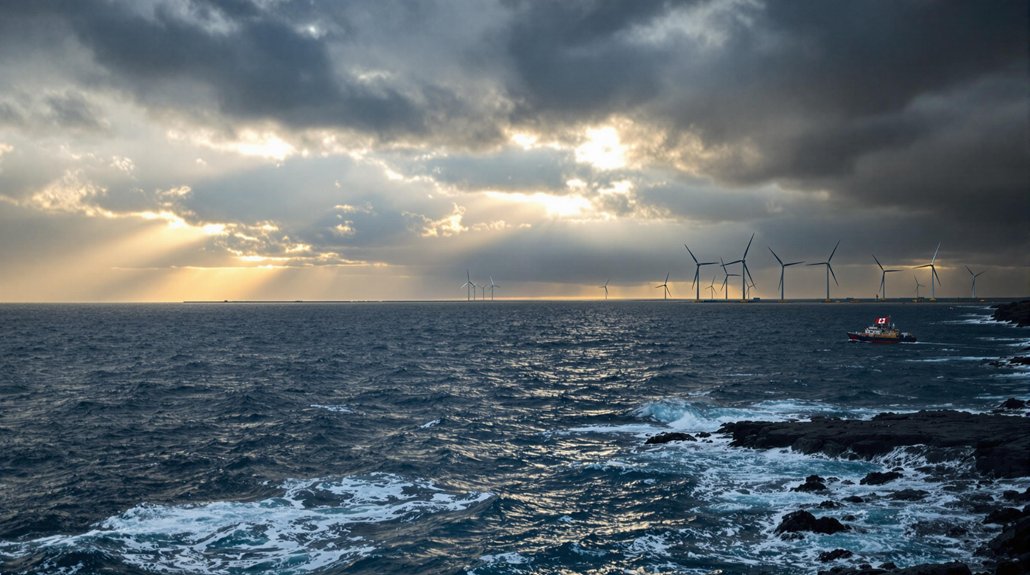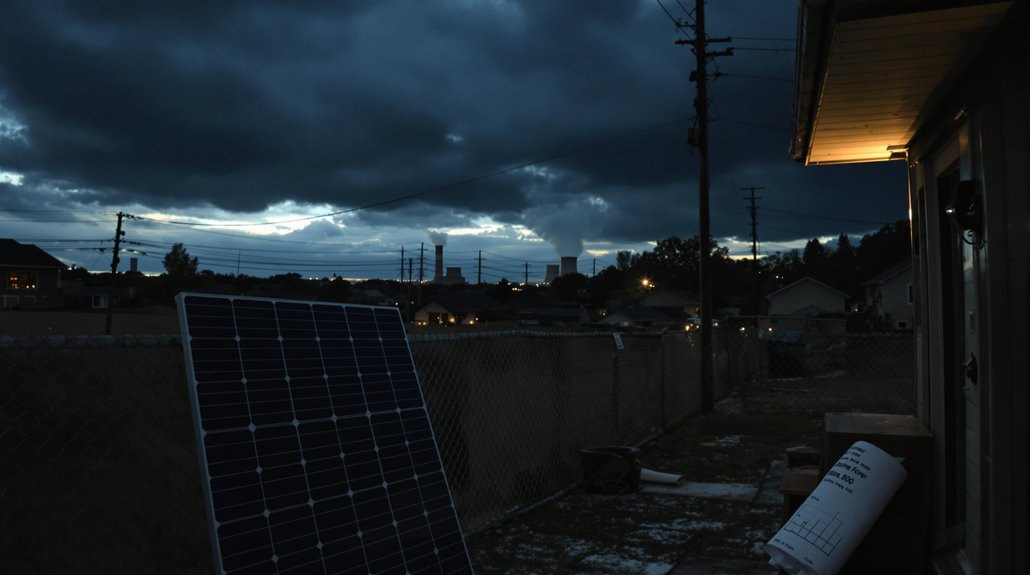Oklahoma has changed dramatically in recent years. Once known only for oil rigs, the state now ranks third in U.S. wind power production. Wind turbines generate 42% of Oklahoma’s electricity, marking a tenfold increase since 2010. This transformation wasn’t accidental. Economic factors, government policies, and geographic advantages all played essential roles in this energy transformation. The question remains: how did this traditional oil state manage such a dramatic pivot toward renewable energy?
While Oklahoma has long been known for its oil and natural gas production, the state has emerged as a national leader in wind energy over the past decade. In 2023, Oklahoma ranked third in the nation for wind electricity generation, producing 37,700 megawatthours. Wind energy now accounts for 42% of Oklahoma’s total electricity generation.
Oklahoma’s energy landscape has transformed dramatically, with wind power rising to provide 42% of the state’s electricity generation.
The growth has been remarkable. Wind energy in Oklahoma grew nearly tenfold between 2010 and 2023. In 2000, wind provided 0% of Oklahoma’s electricity generation capacity, but by 2024, that figure climbed to 39%. As of April 2024, Oklahoma had 12,648 megawatts of wind capacity from 5,527 wind turbines, generating 4.6 billion kWh monthly.
The state now houses the massive Traverse Wind Project, Oklahoma’s largest wind installation with 999 megawatts of capacity and 356 turbines. This project helped push Oklahoma’s total electricity generation capacity to 32.2 gigawatts as of 2024. Wind farms occupy minimal agricultural space, covering only 0.04% of total U.S. farmland. An additional 250 megawatts of wind capacity are scheduled to come online by 2025.
While natural gas remains Oklahoma’s most prevalent electricity source, its share of total capacity declined from 62% in 2000 to 46% in 2024 due to wind’s expansion. Coal’s share also dropped considerably, from 28% in 2000 to just 10% in 2024, though its actual generation capacity remained unchanged.
Oklahoma’s transition reflects broader trends, as wind power has become cheaper than coal in many markets while creating thousands of new jobs. Oklahoma’s wind energy share puts it ahead of most states. Only Iowa, South Dakota, and Kansas have a larger percentage of their electricity coming from wind. Oklahoma ranks as the third-largest wind electricity producer after Texas and Iowa.
Wind energy now produces enough electricity to power all 1.7 million homes in Oklahoma, with a surplus of over 3,000 turbines beyond residential needs. This transformation has had significant environmental benefits, as wind comprises 94% of renewable energy generated in the state. This shift represents a considerable transformation for a state traditionally associated with fossil fuels.
Oklahoma’s wind capacity now represents 92% of the state’s total renewable energy generating capacity, signaling a new energy identity for this former oil country.
References
- https://www.kansascityfed.org/oklahomacity/oklahoma-economist/harvesting-the-wind-oklahomas-strong-electricity-growth-has-few-agricultural-tradeoffs/
- https://www.eia.gov/state/analysis.php?sid=OK
- https://journalrecord.com/2025/04/29/oklahoma-green-ranking-2025/
- https://www.renewableenergymagazine.com/wind/iowa-oklahoma-and-texas-lead-the-charge-20250212
- https://www.eia.gov/state/?sid=OK








